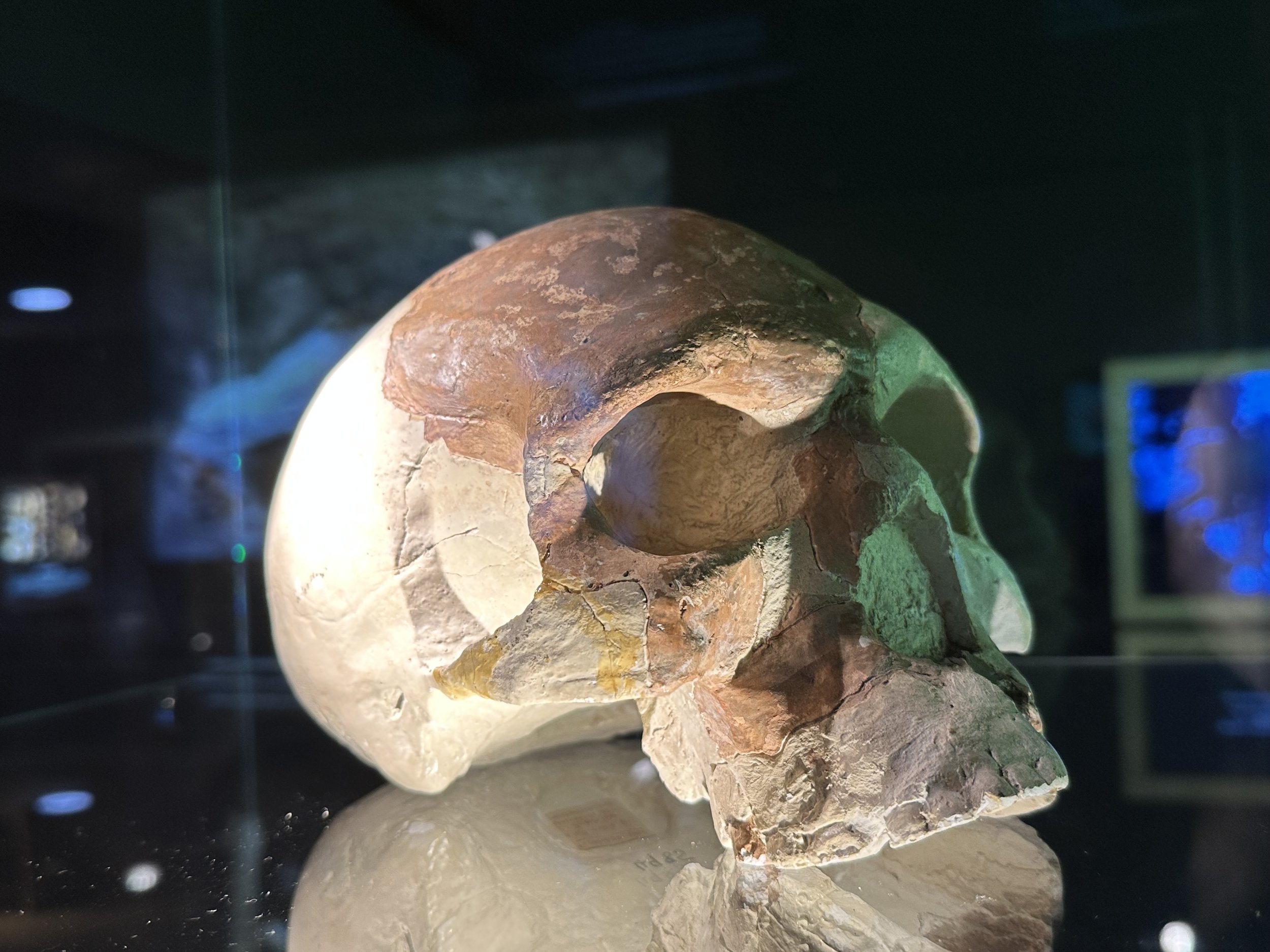Table Mountain National Park Notes
Cape Town, South Africa
__________________________________________________________________________________
Chronology
1641: The Legend of the Flying Dutchmen; on return from Batavia (Jakarta) to Holland, the Flying Dutchman commanded by Hendrik van der Decken, is ravaged by storms while passing S. Africa’s cape. Unyielding to the forces of nature, Van der Decken adamantly refused the pleas of his crew to turn around and defiantly tied himself to the ship’s wheel, vowing to conquer Cape Point. According to one variation of the story, an angel materialized on the deck, only to be met with the captain's wrath as he drew his pistol and fired upon her. Van der Decken's relentless determination was rewarded that very night, as he successfully rounded the perilous point. However, this triumph came with a haunting curse, dooming him and his crew to forever wander these waters. Throughout the centuries that followed, numerous mariners have reported sighting a spectral vessel, radiating an eerie red glow in the darkness, commanded by a deranged and bald captain. Witnesses claim that the ship lowers ghostly rowboats, carrying desperate men who yearn for someone to deliver their letters to their long-forgotten homes, untouched by time for more than three centuries (Table Mountain NP).
1632: Capetown is first settled by Dutch explorers after discovering ‘varsriviers’ (fresh water rivers) flowing out of the cape’s mountains (Table Mountain NP).
1503: Portuguese navigator Saldanha arrives at Camissa (‘place of sweet water’- Khoi), modern Capetown, S. Africa (Table Mountain NP).
1498: Portuguese Explorer Vasco da Gama rounds the Cape of Good Hope and reaches India; the first European to find the all-sea route to India. It took Da Gama 23 days in his ship, Sao Gabriel, to cross from Africa to India (Table Mountain NP).
1487- 1488: Portuguese Explorer Bartolomeu Dias sails from Lisbon passing the furthest discovered point near Namibia and rounds the Cape of Good Hope noting that ‘the coast here turned northwards…giving great hope of the discovery of India’- for this Dias called it the “Cape of Good Hope” (Table Mountain NP).
600 BCE: Herodotus records that the earliest Phoenician ships round the Cape of S. Africa (Table Mountain NP).
2000 BCE: Khoi herders first arrive in the W. Cape of S. Africa (Table Mountain NP).
2 Ma: Extinction of the early elephant species Gomphothere anacus (Table Mountain NP).
32 Ma: Orogeny of the Alps begins (Table Mountain NP).
40 Ma: Orogeny of the Himalayas begins (Table Mountain NP).
40 Ma: Evolution of the Gomphothere anacus, early elephant (Table Mountain NP).
60 Ma: Orogeny of the Rockies Mountain range begins (Table Mountain NP).
250 Ma: Orogeny of the Andes Mountain range begins (Table Mountain NP).
260 Ma: Orogeny of Table Mountain (Capetown S. Africa) begins (Table Mountain NP).
__________________________________________________________________________________
